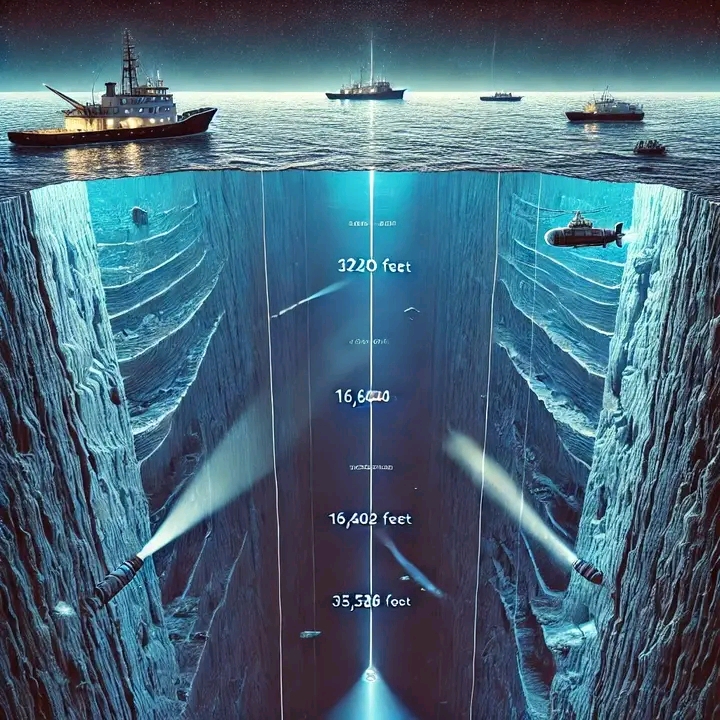The Mariana Trench, located in the western Pacific Ocean, is the deepest known oceanic trench, reaching depths of approximately 10,984 meters (36,037 feet) at its Challenger Deep.
This crescent-shaped trench stretches over 2,550 kilometers (1,580 miles) and is formed by the subduction of the Pacific Plate beneath the Philippine Plate, making it a significant geological feature within the Ring of Fire.
Exploration of the trench began with the HMS Challenger expedition in 1875, which first measured its depths. Subsequent missions have utilized advanced technologies, revealing extreme conditions with pressures exceeding 1,086 bar and temperatures just above freezing. These challenges make it one of the least explored regions on Earth.
Unique ecosystems thrive in these depths, with organisms adapted to survive extreme pressure and darkness. Discoveries include microbial life forms that provide insights into biological resilience and the origins of life. The trench’s ecological significance led to its designation as a U.S. national monument in 2009.
Notable explorations include Jacques Piccard and Don Walsh’s historic dive in 1960, followed by filmmaker James Cameron’s solo descent in 2012. Each expedition has contributed to our understanding of this mysterious environment, yet much remains uncharted.
The Mariana Trench continues to inspire scientific inquiry and fascination, symbolizing both Earth’s geological wonders and the vast unknowns of our oceans. Its depths serve as a reminder of the importance of ocean conservation and exploration.

